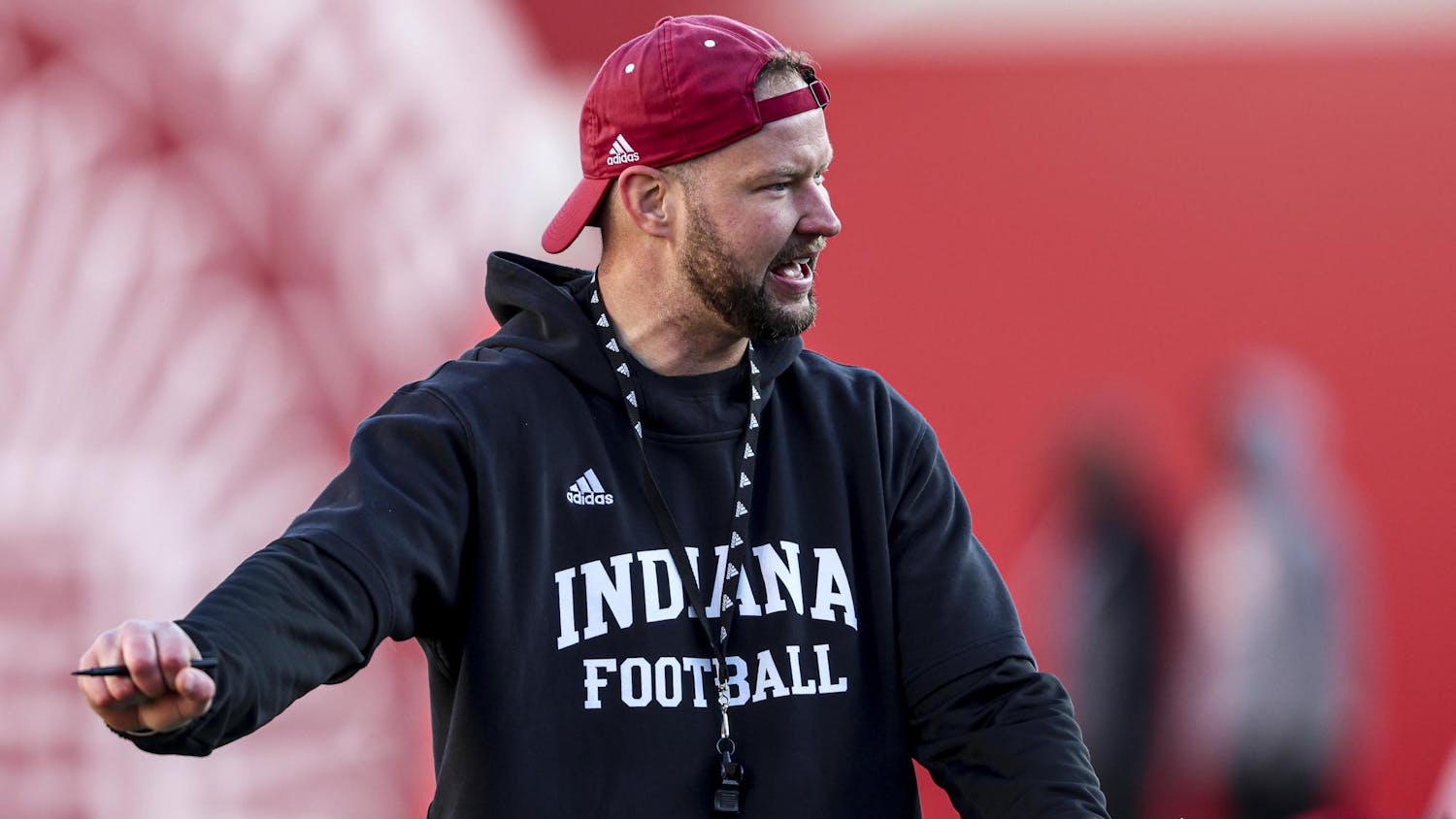The Community Foundation of Bloomington and Monroe County has committed more than $150,000 to jump start after-school programming for middle school students.
“Students in middle school are at a difficult age because they want independence but aren’t necessarily prepared for that independence yet,” said Ken Miller, a Community Foundation board member.
The community foundation recognizes community problems and allocates resources to them, according to its Web site. Members of the foundation believe after-school programs for middle school students have been neglected.
The time between the end of school and when students’ parents get home is critical, as students usually have little to no supervision and are more inclined to give in to a variety of temptations, Miller said.
By offering healthy and fun activities such as photography, filmmaking, listening to music and playwriting, students will be less likely to engage in otherwise dangerous activities, said Shari Woodbury, president and CEO of the Community Foundation.
There will be a time for students to complete homework and enjoy physical activities such as a variety of sports.
A survey was conducted to discover the specific problems plaguing each school, Woodbury said.
The problems range from bullying to substance abuse and are addressed in a variety of ways. Most of the different activities focus on leadership skills, building self-esteem and the promotion of healthy and safe relations, Woodbury said.
What is so unique about this program is that a substantial amount of responsibility is given to the students themselves, Woodbury said.
Every nine weeks the students get two different options in activities. However, a youth council comprised of students often contributes to this decision.
Various agencies funding the programs then review these proposals and put together guidelines, but the students ultimately choose the activities, Miller said.
A lot of the money is spent on program coordinators, representatives from schools and site coordinators at each school, Woodbury said.
One reason organizers expect the program to be successful is because it brings activities to the schools, rather than transporting children from place to place, Woodbury said.
“It makes everything a lot more convenient for students and parents,” Woodbury said.
The ultimate success of this program is complex and requires more than money. Successfully implementing youth councils, hiring staff members and generating excitement among students will help the program succeed, Woodbury said.
“Another key to the success of this program is the community noticing the positive effects from the program,” Miller said.
Community foundation commits $150K to after-school programs
Get stories like this in your inbox
Subscribe





